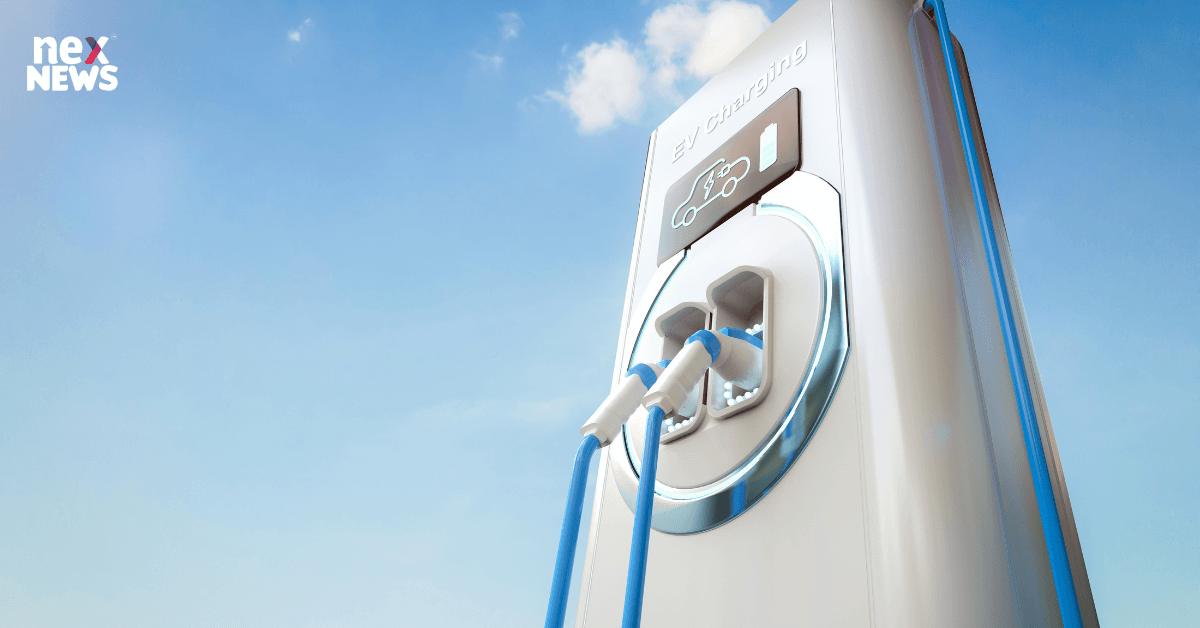In the realm of automotive innovation, the convergence of two cutting-edge technologies, the Internet of Things (IoT) and Artificial Intelligence (AI), has brought forth a revolution that is profoundly transforming the landscape of electric vehicles (EVs). This article delves into the remarkable synergy between IoT and AI, showcasing how their integration is shaping the future of transportation.
Introduction
As technology continuously pushes boundaries, the automotive sector is experiencing a seismic shift toward smart and connected solutions. The convergence of IoT and AI is at the forefront of this transformation, and nowhere is it more evident than in the realm of electric vehicles.
IoT in Electric Vehicles
Enhanced Connectivity
The IoT's core principle, interconnectivity, is revolutionizing the driving experience. Smart EVs leverage IoT sensors to collect real-time data from various vehicle components. This data is transmitted and analyzed, enabling vehicles to communicate with each other and with infrastructure.
Real-time Monitoring and Diagnostics
IoT-enabled EVs offer real-time insights into vehicle performance. By constantly monitoring factors like battery health, tire pressure, and motor efficiency, drivers and manufacturers can proactively address maintenance issues, enhancing safety and reducing downtime.
AI in Electric Vehicles
Autonomous Driving
AI's role in EVs extends beyond automation. It fuels the development of autonomous driving capabilities, where onboard AI systems process sensory data to navigate, respond to road conditions, and ensure passenger safety.
Predictive Maintenance
AI algorithms analyze data from IoT sensors to predict maintenance needs accurately. By identifying patterns and anomalies, AI-driven systems can forecast when components require attention, optimizing maintenance schedules and minimizing disruptions.
Energy Efficiency Optimization
AI enhances EV efficiency by optimizing energy consumption. Machine learning algorithms adapt vehicle performance based on driving patterns and conditions, maximizing range and minimizing energy wastage.
The Convergence of IoT and AI in EVs
Data-Driven Insights
The fusion of IoT-generated data with AI's analytical prowess yields unparalleled insights. This synergy allows manufacturers to refine vehicle design, governments to shape transportation policies, and drivers to make informed choices.
Seamless User Experience
IoT and AI collaborate to provide a seamless in-car experience. From voice-activated controls to personalized entertainment suggestions, these technologies enhance comfort and convenience, making the driving journey more enjoyable.
Environmental Benefits
Reduced Emissions
Smart EVs contribute to environmental sustainability by reducing emissions. With IoT and AI optimizing power usage and performance, these vehicles are a crucial part of global efforts to combat air pollution and climate change.
Sustainable Transportation
The combination of IoT and AI encourages the adoption of EVs as a sustainable mode of transportation. This shift can lead to reduced dependence on fossil fuels, contributing to a greener and more sustainable future.
Challenges and Considerations
Data Privacy and Security
The influx of data from IoT devices raises concerns about privacy and security. Safeguarding sensitive information and preventing unauthorized access are paramount as vehicles become more interconnected.
Integration Complexities
Integrating IoT and AI into EVs presents technical challenges. Ensuring seamless communication between various systems while maintaining safety requires robust engineering solutions.
Industry Trends and Innovations
V2X Communication
Vehicle-to-Everything (V2X) communication enables EVs to exchange data with surrounding infrastructure, enhancing road safety and traffic management.
Edge Computing
Edge computing processes data closer to the source, reducing latency. In EVs, this translates to faster decision-making by onboard AI systems, crucial for real-time driving conditions.
AI-Powered Battery Management
AI-driven battery management systems optimize charging and discharging cycles, prolonging battery life and improving overall efficiency.
Impacts on Urban Planning
Smart Cities and EV Infrastructure
IoT-enabled EVs complement smart city initiatives. By promoting clean transportation and efficient traffic flow, these vehicles contribute to urban planning that prioritizes sustainability.
Traffic Management
AI-assisted traffic management systems utilize data from connected vehicles to optimize traffic flow, reducing congestion and improving overall urban mobility.
The Road Ahead for Smart EVs
Mass Adoption Prospects
The synergy of IoT and AI propels EVs toward mass adoption. As technologies mature and costs decrease, more consumers are likely to embrace smart and connected electric vehicles.
Policy and Regulation
Governments play a pivotal role in shaping the future of smart EVs. Creating regulations that support technology integration, data security, and charging infrastructure will be essential.
Conclusion
The convergence of IoT and AI is ushering in a new era of mobility with smart and connected electric vehicles. From enhanced safety to environmental sustainability, these technologies are driving the automotive industry toward a smarter and greener future.


POST A COMMENT (0)
All Comments (0)
Replies (0)